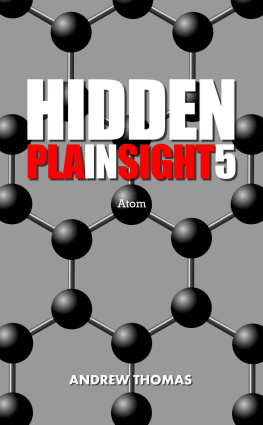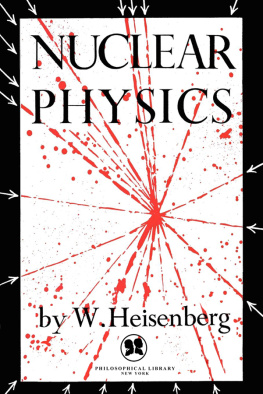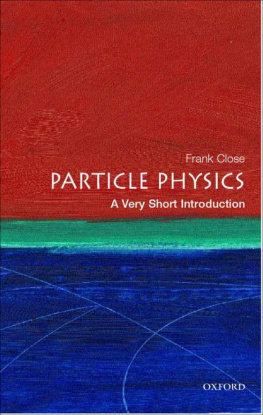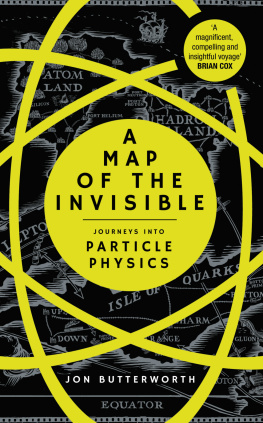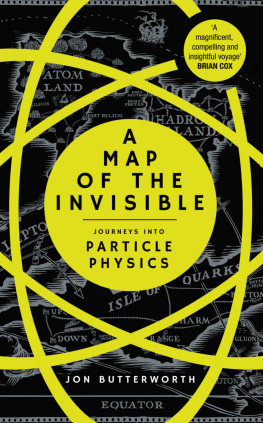Andrew H. Thomas - Atom
Here you can read online Andrew H. Thomas - Atom full text of the book (entire story) in english for free. Download pdf and epub, get meaning, cover and reviews about this ebook. year: 2015, publisher: CreateSpace, genre: Religion. Description of the work, (preface) as well as reviews are available. Best literature library LitArk.com created for fans of good reading and offers a wide selection of genres:
Romance novel
Science fiction
Adventure
Detective
Science
History
Home and family
Prose
Art
Politics
Computer
Non-fiction
Religion
Business
Children
Humor
Choose a favorite category and find really read worthwhile books. Enjoy immersion in the world of imagination, feel the emotions of the characters or learn something new for yourself, make an fascinating discovery.
- Book:Atom
- Author:
- Publisher:CreateSpace
- Genre:
- Year:2015
- Rating:5 / 5
- Favourites:Add to favourites
- Your mark:
- 100
- 1
- 2
- 3
- 4
- 5
Atom: summary, description and annotation
We offer to read an annotation, description, summary or preface (depends on what the author of the book "Atom" wrote himself). If you haven't found the necessary information about the book — write in the comments, we will try to find it.
You never knew theoretical physics could be so simple! An introduction to the principles of particle physics. Solve the 100-year-old mystery which the great physicist, Paul Dirac, believed linked atoms to the secret of the entire universe.
**
Atom — read online for free the complete book (whole text) full work
Below is the text of the book, divided by pages. System saving the place of the last page read, allows you to conveniently read the book "Atom" online for free, without having to search again every time where you left off. Put a bookmark, and you can go to the page where you finished reading at any time.
Font size:
Interval:
Bookmark:
Andrew Thomas studied physics in the James Clerk Maxwell Building in Edinburgh University, and received his doctorate from Swansea University in 1992.
His Hidden In Plain Sight series of books are science bestsellers.
Hidden In Plain Sight
The simple link between relativity and quantum mechanics
Hidden In Plain Sight 2
The equation of the universe
Hidden In Plain Sight 3
The secret of time
Hidden In Plain Sight 4
The uncertain universe
Hidden In Plain Sight 6
Why three dimensions?
Hidden In Plain Sight 7
The fine-tuned universe


Copyright 2016 Andrew D.H. Thomas
All rights reserved.
This book is an introduction to the principles of particle physics, the physics which deals with atoms and the smallest elements of the universe. The book will emphasise the underlying principles, rather than just listing the particles (and their properties) in a rather encyclopaedic manner. I believe it is much more valuable to gain an understanding of the principles involved.
For example, we will be discovering the principle which explains why material objects feel solid to the touch, but you can't touch a ray of light. We will be discovering the real reason why positive and negative electric charge attract each other (clue: it has to do with symmetry).
I must admit, this book is perhaps more challenging than my previous books. I do think many popular science books underestimate the intelligence of their readers.
I am firmly of the conviction that if a reader is having difficulty understanding a concept then it is not because a concept is hard it is because it is being badly explained. In this book, care is taken to describe each step simply and clearly.
Once again, thank you for your support.
Andrew Thomas
(hiddeninplainsightbook@gmail.com)
Swansea, UK
2016

At the start of the 19th century, the land of Australia was still an unexplored country. The coastal areas had been mapped by various earlier Europeans (predominantly the Dutch, who named the country "New Holland"). However, due to the size of the continent, it was not certain if these coastal areas were connected as part of a single island, or if Australia was composed of many islands.
In July 1801, an expedition to Australia from Britain was due to set sail on the ship the Investigator. The main aim of the mission was to determine if Australia was a connected land mass, but, as a secondary aim, the expedition also aimed to study the flora and fauna of the island.
The expedition chose the Scottish botanist Robert Brown to be its resident naturalist. Brown, the son of a strict church minister, had learnt botany while studying in Edinburgh University where he had taken frequent trips to the Highlands of Scotland to collect and classify rare plants.

The Investigator set sail on the 18th July. It arrived in King George Sound in Western Australia six months later. As part of its voyage, the ship had to traverse the treacherous Great Barrier Reef (then called the Labyrinth). The ship eventually performed the first ever circumnavigation of Australia, thus establishing it as a continent.
During the voyage, Brown discovered approximately 2000 species of plants, almost all of which were previously unknown to science. When he returned to London three and a half years later, his reputation as a botanist of note was secured.
Brown's reputation was established on his talent for examining his Australian plant specimens in the smallest detail. In order to achieve this, Brown became skilled at microscopy. Brown realised that the study of microscopic pollen grains could be used as a method to classify plants.
It was while he was using a microscope to examine some of these pollen grains suspended in water that Brown observed something rather peculiar. The pollen grains were seen to move in a jittery, random motion. This random motion was given the name Brownian motion (named after Robert Brown), but its origin was to remain a mystery for almost a century.
At this point, our tale takes an unexpected turn. We rejoin our tale in 1905 the "miracle year" of Albert Einstein.
At the time, the existence of atoms was still in doubt: there had never been a direct observation of the behaviour of atoms. The stage was set for Einstein who, in one of his remarkable acts of intuition, speculated that the motion of the pollen grains might be due to the random motion of water molecules. He realised that a pollen grain was so small that purely by chance there would occasionally be significantly more water molecules buffeting one side of the pollen than the other. The resultant motion has been compared to a giant inflatable balloon being bounced around randomly by a crowd in a football stadium.
Einstein crushed the mathematics and realised that this effect would result in precisely the random dance of the pollen which was first observed by Robert Brown almost a century earlier.
This atomic explanation of Brownian motion represented the first directly observable effect of the kinetic theory of atoms, and is regarded as the first conclusive evidence of the existence of atoms. From now on, there could be no doubt about it: atoms were real.
And that unlikely chain of events is the story of how the atom was discovered it all started on Robert Brown's expedition to Australia on board the Investigator.
Ernest Rutherford was born in the rural South Island of New Zealand in 1871, the fourth of twelve children. He grew up on a farm, herding cows and riding horseback. It was this adventurous, pioneering spirit and enthusiasm for discovery which propelled Rutherford to become the greatest experimental physicist of his era. Rutherford has been called "the Newton of atomic physics".

Rutherford had an uncanny instinct for designing ingenious experiments using primitive equipment which revealed the structure of the atom. As Richard Rhodes says in his book The Making of the Atomic Bomb, Rutherford "won the atom. He found its constituent parts and named them. With string and sealing wax, he made the atom real."
Rutherford won a scholarship to Cambridge University to work in the Cavendish Laboratory under the leadership of J. J. Thomson. Thomson had been performing experiments with the recently-invented cathode ray tube. The cathode ray tube consists of an electrically negatively-charged heated filament called a
Font size:
Interval:
Bookmark:
Similar books «Atom»
Look at similar books to Atom. We have selected literature similar in name and meaning in the hope of providing readers with more options to find new, interesting, not yet read works.
Discussion, reviews of the book Atom and just readers' own opinions. Leave your comments, write what you think about the work, its meaning or the main characters. Specify what exactly you liked and what you didn't like, and why you think so.

